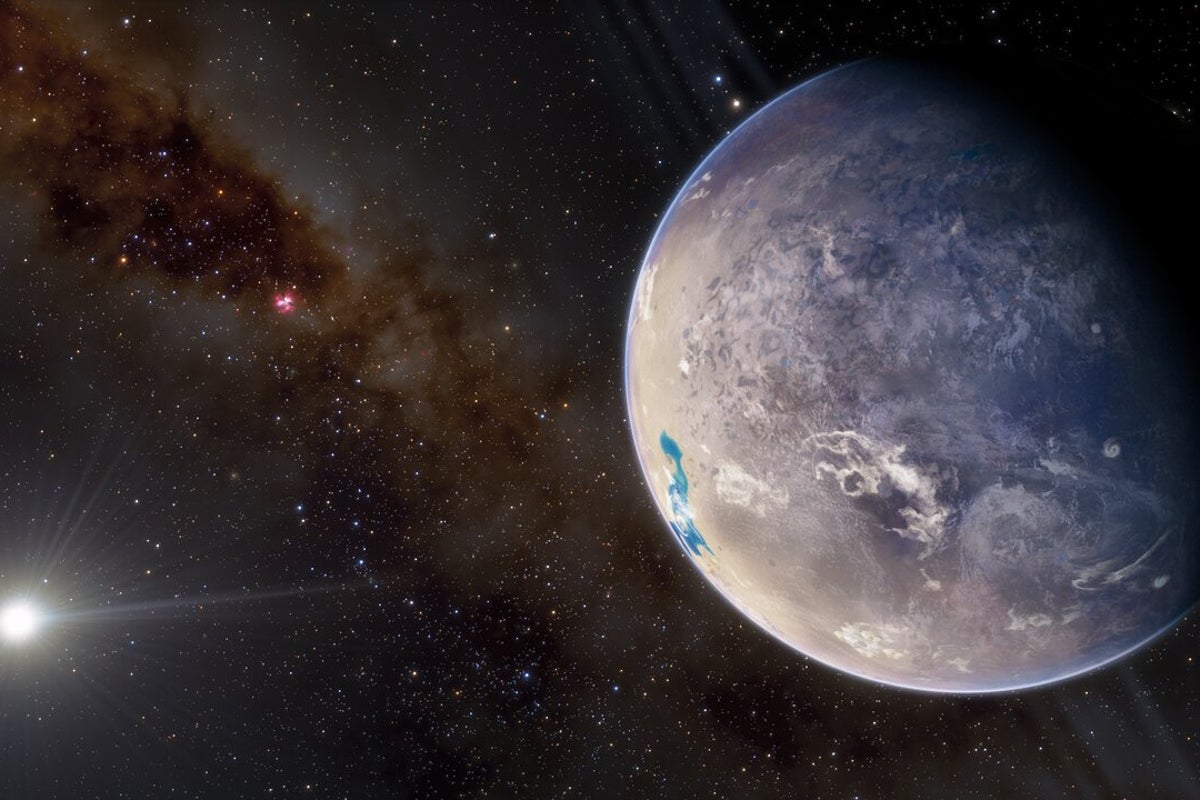
Scientists said this week that they have detected an encouraging sign of life on a planet beyond Earth.
Now, a separate group of researchers has announced that a greater number of our Milky Way galaxy’s roughly 10 billion white dwarf stars may provide an environment that has greater potential to be hospitable to life-supporting exoplanets than previously expected. A white dwarf is the stellar core left behind after a dying star has exhausted its nuclear fuel.
The findings suggest that there are many more targets of opportunity for locating potentially habitable worlds across our galaxy. A research team had previously found that as many as seven Earth-sized planets could orbit a single star.
“While white dwarf stars may still give off some heat from residual nuclear activity in their outer layers, they no longer exhibit nuclear fusion at their cores. For this reason, not much consideration has been given to these stars’ ability to host habitable exoplanets,” Aomawa Shields, a professor of physics and astronomy at U.C. Irvine, explained in a statement. “Our computer simulations suggest that if rocky planets exist in their orbits, these planets could have more habitable real estate on their surfaces than previously thought.”
Shields and her team led the National Science Foundation-funded study which was published Wednesday in The Astrophysical Journal.
To reach these conclusions, they compared the climate of exoplanets at two different stars with similar compositions. One was a hypothetical white dwarf that’s passed through much of its life cycle and was thought to be inhospitable to life. The other was Kepler-62, located about 1,200 light-years from Earth, which is a known system with several exoplanets in the Milky Way and has habitable worlds.
They used a three-dimensional computer model that is normally used to study Earth’s environment, finding that the white dwarf exoplanet was much warmer than Kepler-62.
The authors found that the region in which an exoplanet could host life-supporting liquid water was much closer to the white dwarf star than the same zone around Kepler-62.
The key difference was the rotational characteristics of the planets. The white dwarf has a much faster rotation period, resulting in thinned cloud circulation around the planet that allows heat from the star to warm the planet above freezing.
Whereas, the rotation of an exoplanet in the habitable region of a star like Kepler-62 is expected to create more cloud cover on the planet’s dayside that reflects incoming radiation.
“The planet orbiting Kepler-62 has so much cloud cover that it cools off too much, sacrificing precious habitable surface area in the process. On the other hand, the planet orbiting the white dwarf is rotating so fast that it never has time to build up nearly as much cloud cover on its dayside, so it retains more heat, and that works in its favor,” said Shields.
“These results suggest that the white dwarf stellar environment, once thought of as inhospitable to life, may present new avenues for exoplanet and astrobiology researchers to pursue,” she noted.
Source: independent.co.uk


